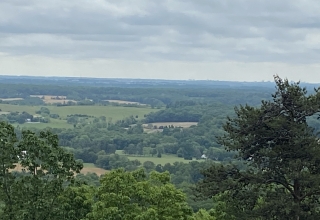
References
Anderson, M. C. (2001). “Executive briefing: Case study on the return on investment of executive coaching.”
Chiumento. 2007. “Coaching Counts,” research report.
Circle Research. 2012. Exploring the shift in employee expectations: The Perspective series.
Conference Board, The. 2012. The Conference Board Human Capital in Review™: Focus on strategic workforce planning 2 (2)
Dai, Guangrong, Tang, King Yi, and Fell, Jonathan. 2014. Fast rising talent: Highly learning agile people get promoted at double speed.
De Meuse, Kenneth P., Dai, Guangrong and Lee, Robert J.(2009) “Evaluating the effectiveness of executive coaching: beyond ROI?” Coaching: An International Journal of Theory, Research and Practice, 2:2,117 — 134
Ernst and Young. 2011. Tracking global trends: How six key developments are shaping the business world.
Hay Group. 2011. Building the new leader: Leadership challenges of the future revealed.
Joiner, William B., and Stephen A. Josephs. 2006. Leadership Agility: Five Levels of Mastery for Anticipating and Initiating Change. San Francisco, CA: Jossey Bass.
Krell, Eric. 2013. “Exploring What It Takes to Lead in the 21st Century.” Baylor Business Review Spring 2013: 5–8.
National Intelligence Council. 2012. Global trends 2030: Alternative worlds.
Orr, J. Evelyn. 2012. Becoming an Agile Leader. Minneapolis, MN: Lominger International, a Korn/Ferry Company
Oxford Economics. 2012. Global talent 2021: How the new geography of talent will transform human resource strategies.
PricewaterhouseCoopers. 2013. Results from PwC Saratoga’s 2013/2014 US human capital effectiveness report.
Rooke, David, and William R. Torbert. 2005. “Seven Transformations of Leadership.” Harvard Business Review April 2005: 66–76.
__________
Download Article













